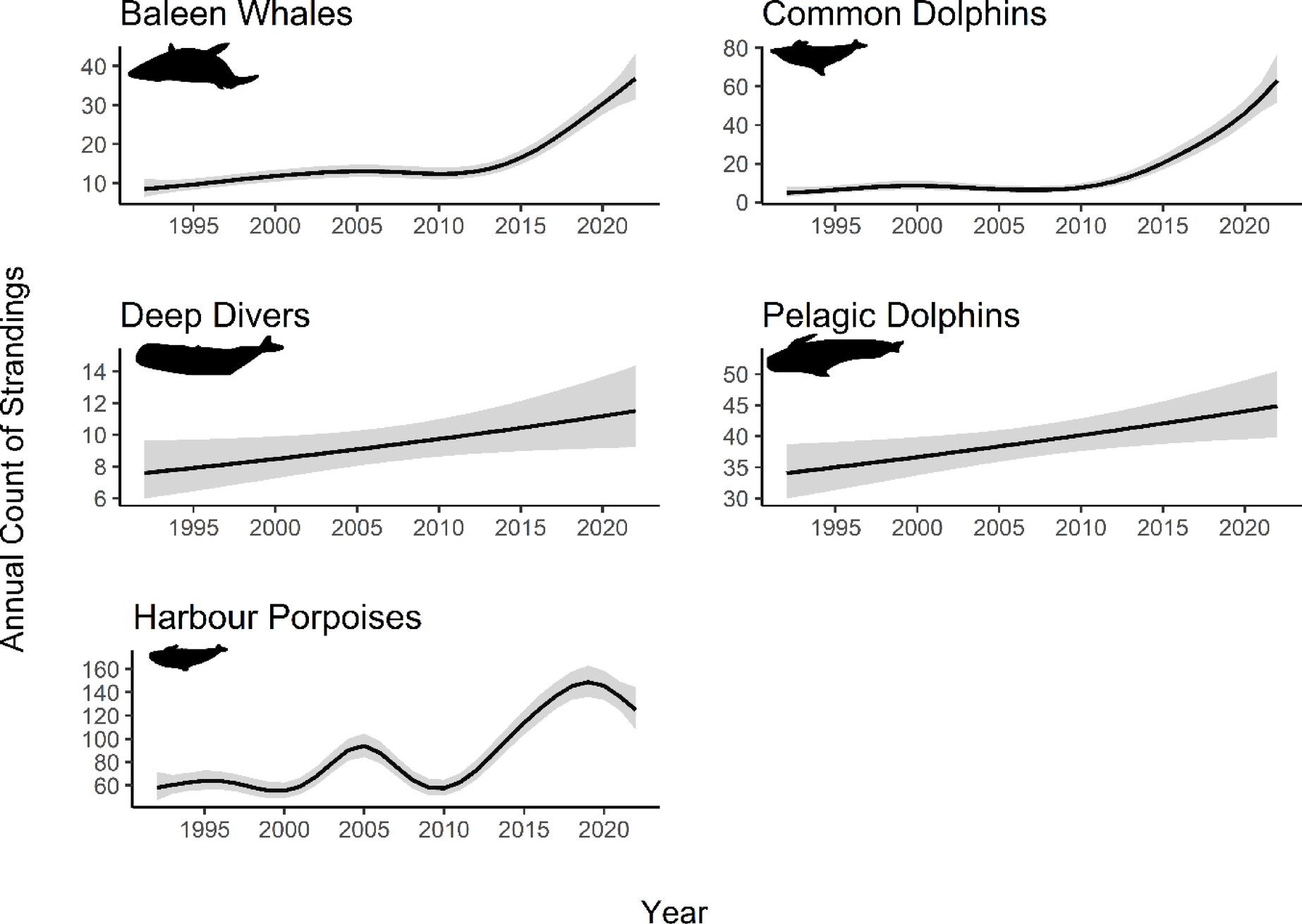People tend to ignore these things as they are out at sea or on sea shores so as long as they do not spoil sunbathing or a day out -who cares? Well, we ALL should. After this item I have reposted an item from 2014 which taught me a lesson.
A sei whale stranded in Arbroath, Scotland. Toxic Web via Flickr
***************************************************
Whales and dolphins are increasingly getting stranded around Scotland’s shores, study warns
The number of whales and dolphins getting stranded on the Scottish coastline has increased at an exponential rate over the last 30 years, a new study warns.
The study, published in the journal Scientific Reports, marks the first time scientists have been able to quantify the scale of the increase in marine strandings around Scotland's coastline.
In such events, a marine mammal is usually found dead on a beach, or is alive on land or in shallow water but unable to return to its ocean habitat.
Researchers from the University of Glasgow looked at all marine mammal species seen in Scottish waters, including baleen whales, short-beaked common dolphins, harbour porpoises and pelagic dolphins.
They used a 30-year dataset collected by the Scottish Marine Animal Stranding Scheme (SMASS) between 1992 and 2022 to examine the distribution and trends in marine mammal strandings.
Overall, 5,147 marine mammals were included in the study, having stranded in Scotland between 1992 and 2022.
Scientists observed increasing rates across all such species, with some showing steep increases in their strandings.
Common dolphins and baleen whales particularly showed an “exponential increase” in strandings, suggesting these species are facing unprecedented pressures in Scottish waters, researchers said, warning that the scale and consistency of the rise indicates a “genuine cause for concern”.
They found that the stranding rates of these two species remained consistently low during the first two decades of the study, but rose sharply from 2010.
Researchers also found a disproportionate rise in strandings among juveniles of both species, indicating that younger animals could be particularly vulnerable.
Based on these findings, marine experts call for prioritising conservation efforts of common dolphins and baleen whales.
“By identifying where and when species are most at risk, we can target monitoring and conservation efforts at the critical times and locations needed to best safeguard the health of these ecosystems,” said Andrew Brownlow, Director of the SMASS.
In the research, harbour porpoises accounted for more than half of all the strandings, followed by pelagic dolphins at 24 per cent, common dolphins (10 per cent), and baleen whales (9 per cent).
 Trends in annual frequencies of single strandings shown in five species groupings (Scientific Reports (2025) via University of Glasgow)
Trends in annual frequencies of single strandings shown in five species groupings (Scientific Reports (2025) via University of Glasgow)Overall, there were no sex differences spotted in the annual stranding rates, but there were distinct seasonal trends observed for each group.
Such events were widespread across Scotland, but strandings of different species were clustered in certain areas.
Almost all species strand on the northwest coast, with porpoises predominantly stranding along the east coast around the Inner Moray Firth, the Outer Moray Firth and the Forth and Tay, and the southeast in the Clyde, according to the study.
**************************************************************
In 2014 I posted this
Mystery Of Grey Seal Deaths Causing Concern
There are only around 350,000 grey seals worldwide, so experts say it's vital they find out why they are dying before it has a long-term impact on the population.
Caz Waddell, marine conservation officer at the Cornwall Wildlife Trust, told Sky News: "We have got large numbers of seals dying on our shores and the real worry is that a lot of these individuals are adults that are breeding, so the impact to the population could be huge."
Finding out what is killing them isn't easy, as the Government doesn't fund post-mortem examinations on seals but storms, pollution or illness could all be possible causes.
The public are being asked to report any dead seals that they find to the authorities.







No comments:
Post a Comment